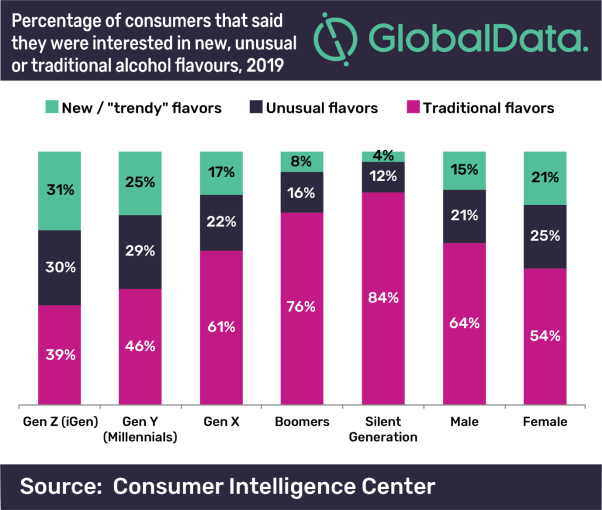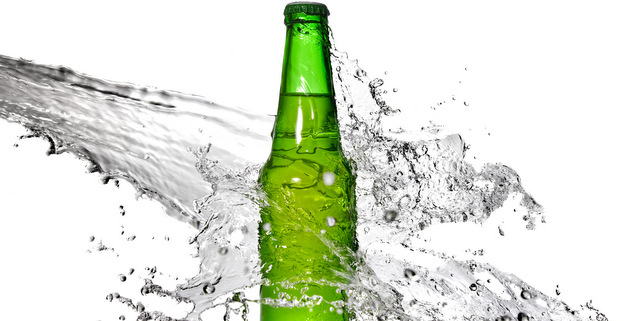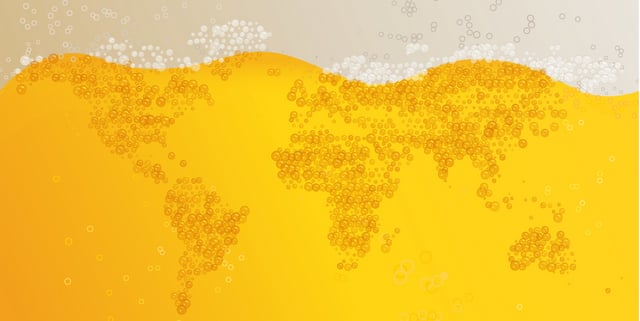
A tension exists in alcoholic drinks between consumers’ established preferences, market norms, openness to innovation, and products that cross traditional category or flavor lines. Creative and edgy innovation works best when it retains a connection to the familiar, allowing consumers to experiment and try new things, but with a degree of confidence, says GlobalData, a data and analytics company.
The company’s latest report, ‘Top Trends in Alcoholic Drinks’, notes that while traditional flavors in alcohol hold sway over consumers’ choices in a top-line sense, a different picture emerges when reviewing flavor choices by generation and gender. Gen Z, who are still relatively ‘new’ drinkers, are not bound by traditional flavors – with 31% opting for new, trendy options and 30% choosing flavors classed as unusual.

Richard Parker, Principal Consumer Insight Analyst at GlobalData, comments: “Gen Z consumers are influenced by the newness and trendiness of flavors, as promoted through social media, and by visual as well as flavor aspects.
“This generational landscape creates a fertile territory for products such as hybrid beverages, which marry familiar categories in new and exciting ways – for example ‘vodquila’ or ‘rumquila’. Hybrids can introduce interesting flavor notes and unique premium narratives through the use of storage and aging techniques from other categories, such as beer stored in wine or spirit barrels, or taking flavors from food products.”
Makes sense. But climate change?
Despite the opportunities for innovation and demographic targeting still to be had in such a mature market, Parker says alcohol brands face some growing macro-level issues.
“Climate change, and the unpredictable effects this is having on the supply chain, is undermining regular and sustainable approaches to production and consumption. This will force change in available products.
“Climate change affecting barley yields could lead to beer shortages and rising prices of barley (and beer) – subsequently resulting in a fall in global consumption. The risk of falling supply and significantly boosted prices means that brands will need to give consumers strong reasons to continue to purchase their products as premium becomes luxury and standard products effectively premium in price.”





Leave a Reply
You must be logged in to post a comment.